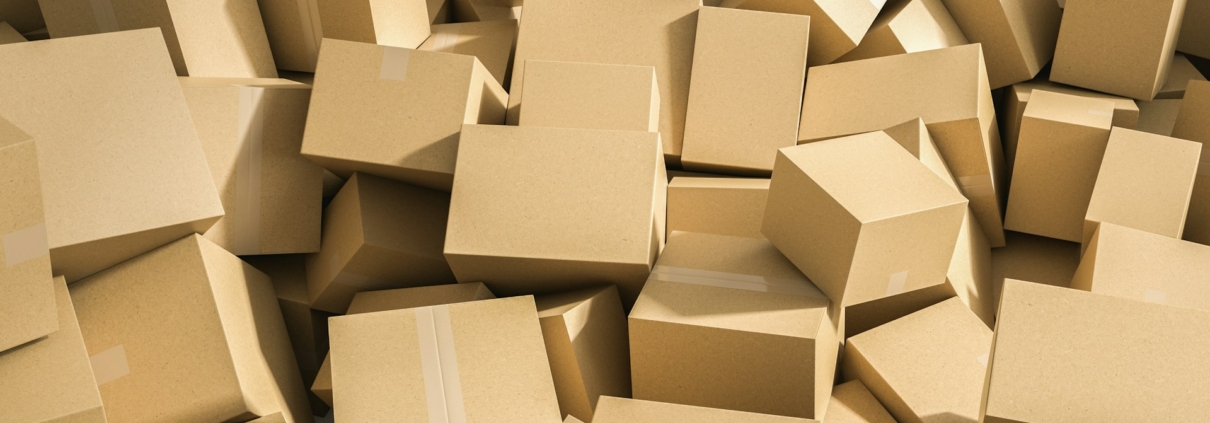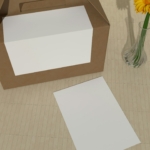Weatherproof Packaging Solutions for Australian Winters
Australian winters can be harsh, with heavy rain, cold winds, and sometimes even snow in certain areas. These weather conditions can pose severe challenges for packaging, especially for products that need to stay dry and intact during shipping and storage. Weatherproof packaging solutions are essential to protect your goods from the elements and ensure they reach their destination in perfect condition.
This article will guide you through the top materials and design tips for weatherproof packaging, ensuring your products survive the Australian winter.
Understanding the Challenges of Australian Winters
Australian winters bring a unique set of challenges to packaging. Heavy rainfall and high humidity can wreak havoc on products that aren’t adequately protected. Water can easily seep into weak spots in the packaging, causing damage to the contents inside. Understanding these risks is crucial to choosing the right packaging solutions.
Cold temperatures are another issue. They can make certain materials brittle and prone to breaking. For instance, cardboard can become soft and lose strength when exposed to moisture and cold, making it less reliable for storing heavy items in winter.
Wind is also a factor. Strong winds can cause packages to be tossed around during shipping, increasing the risk of damage. Packing materials must be strong enough to withstand these forces without compromising the products’ safety.
Understanding these challenges is the first step in finding the best weatherproof packaging solutions. By being aware of what your packages will face, you can make more informed decisions about materials and designs.
Materials Ideal for Weatherproof Packaging
Choosing suitable materials is critical to creating adequate weatherproof packaging. Here are some materials that work well for protecting goods during harsh Australian winters:
- Plastic: Plastic is water-resistant and comes in various forms, such as plastic wraps, bags, and containers. High-density polyethylene (HDPE) is a strong option that resists moisture and impact.
- Corrugated Plastic: Unlike traditional cardboard, corrugated plastic is more durable in wet conditions. It can create sturdy boxes that won’t fall apart when wet.
- Foil: Foil-lined packaging provides excellent protection against moisture. It’s typically used for food products but can protect other items from humidity and water.
- Waterproof Paper: Specialized waterproof paper can be used for labels and packaging that must endure wet conditions. These papers are treated to resist water damage.
- Sealable Bags: Re-sealable plastic bags easily keep moisture out. They can be used inside other packaging to add an extra layer of protection.
Each material has pros and cons, so it’s essential to consider what works best for your needs. Using these materials correctly ensures your products remain safe and dry throughout winter.
Practical Design Tips for Durable Packaging
Creating durable packaging involves practical design tips that protect your products during harsh winters. Start by adding extra layers of protection. Using bubble wrap, foam inserts, or additional padding inside your packages can help absorb shocks and prevent damage.
Sealed edges are crucial. Ensure all edges and seams are well-sealed to prevent water from seeping in. Use waterproof tape or adhesive to secure these seals. This will help keep moisture out and maintain the integrity of the packaging.
Consider using custom packaging explicitly designed for your products. Custom-fit packaging can reduce movement inside the box, which decreases the risk of damage during transport. This approach also helps optimise the use of space, making the package more efficient to ship.
Ventilation is vital if your products are sensitive to humidity. Ventilation holes or breathable materials can help regulate the moisture levels inside the package, preventing mould and mildew.
Lastly, consider the weight distribution. Ensure the packaging is balanced, with heavier items at the bottom and lighter ones on top. This will prevent tipping and ensure that the package remains stable during shipping.
Cost-Effective Weatherproof Packaging Solutions
Weatherproofing your packaging doesn’t have to be expensive. Several cost-effective solutions can provide excellent protection without breaking the bank.
First, look for bulk discounts. Buying materials such as waterproof bags, bubble wrap, and plastic sheets in bulk can significantly reduce costs. Many suppliers offer lower prices for larger orders, making this an economical choice.
Another cost-effective solution is to reuse materials. Many businesses have leftover packaging materials from previous shipments. Reusing boxes, foam, and bubble wrap can save money and reduce waste.
Third, consider using multi-purpose materials. Items like plastic covers or reusable containers can serve multiple functions and reduce the need for different types of packaging. This can be both cost-effective and environmentally friendly.
Opt for digital proofing before committing to large print runs. This reduces the need to reprint due to errors and saves on both materials and costs.
Conclusion
Weatherproof packaging is essential for protecting products during Australian winters. You can ensure your goods arrive safely and intact using suitable materials, practical design tips, and cost-effective solutions. Packaging should be robust enough to withstand rain, wind, and cold, all common in an Australian winter. By considering these factors, you can prevent damage and save money.
For innovative and cost-effective packaging solutions, trust Star Stuff Group to provide top-quality, weatherproof options. Contact our packaging printing company today to learn how we can help protect your products from harsh Australian winters.




